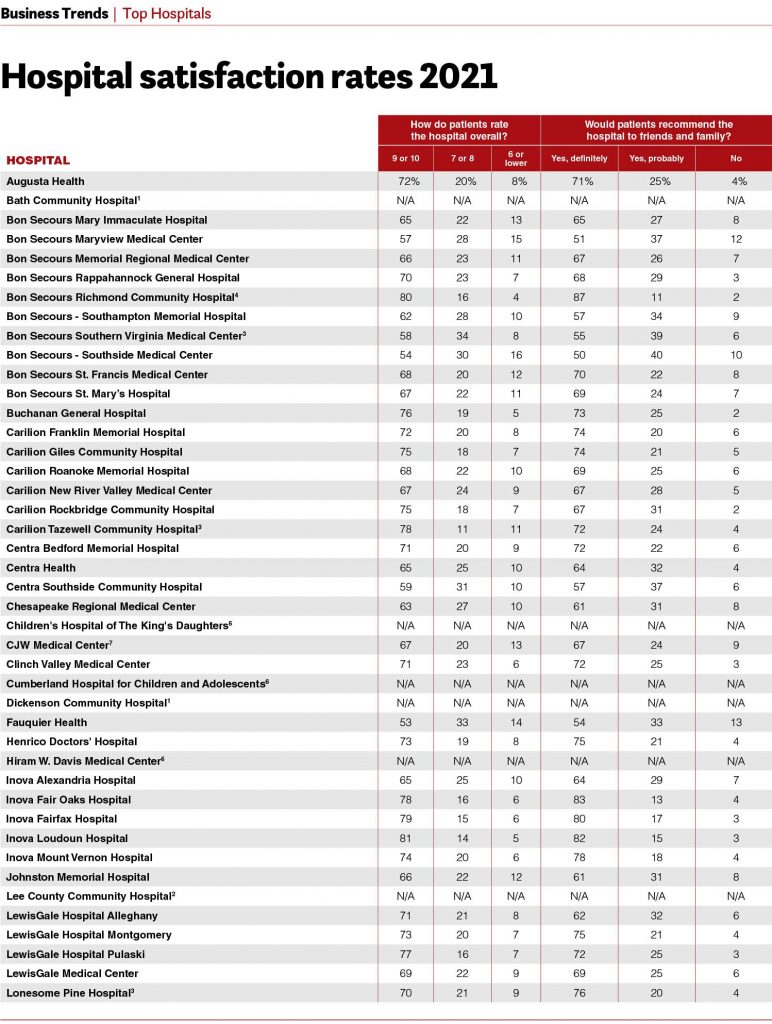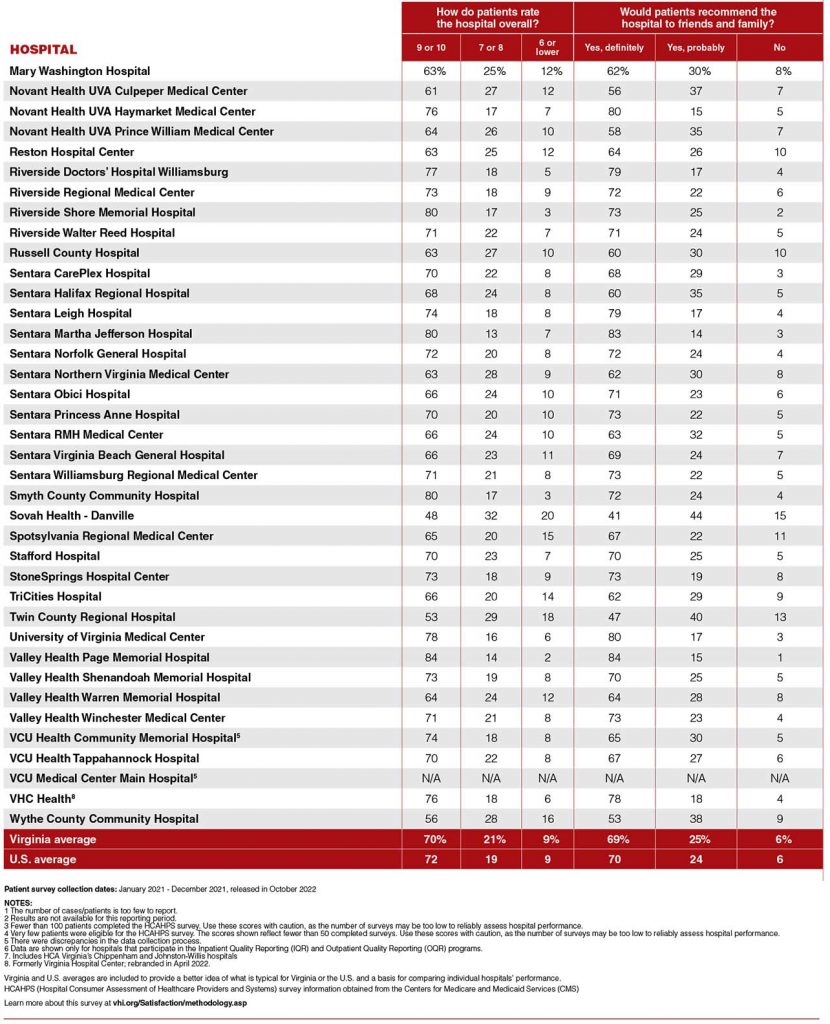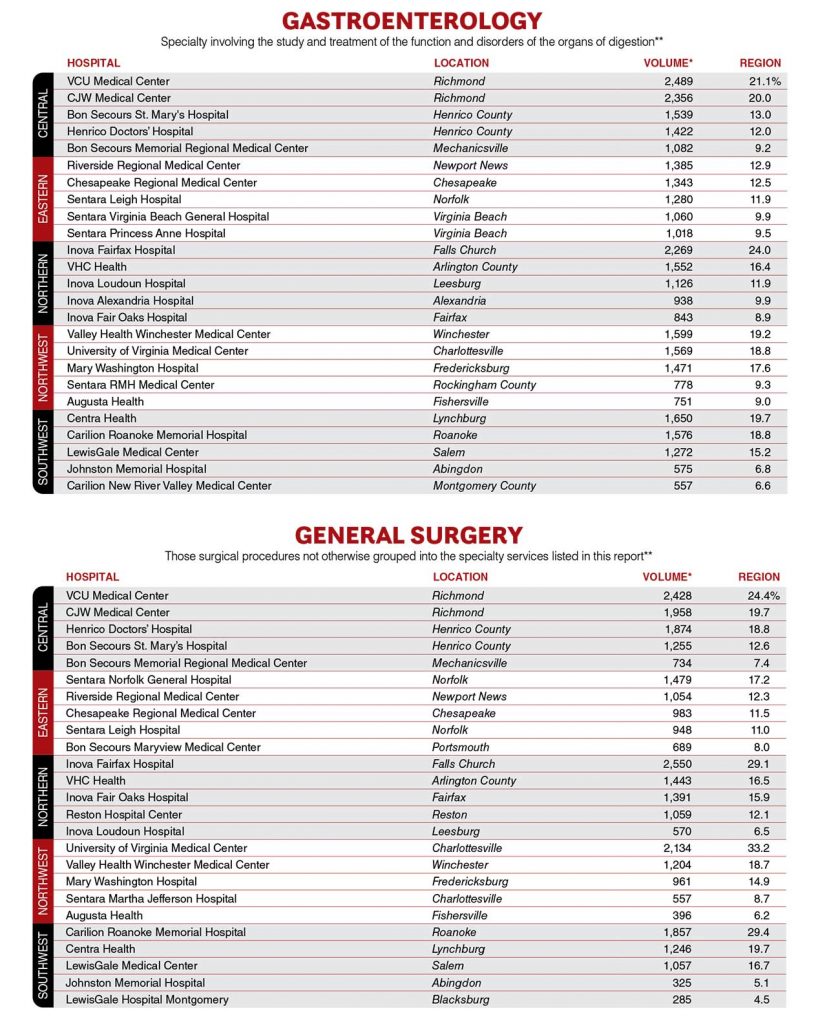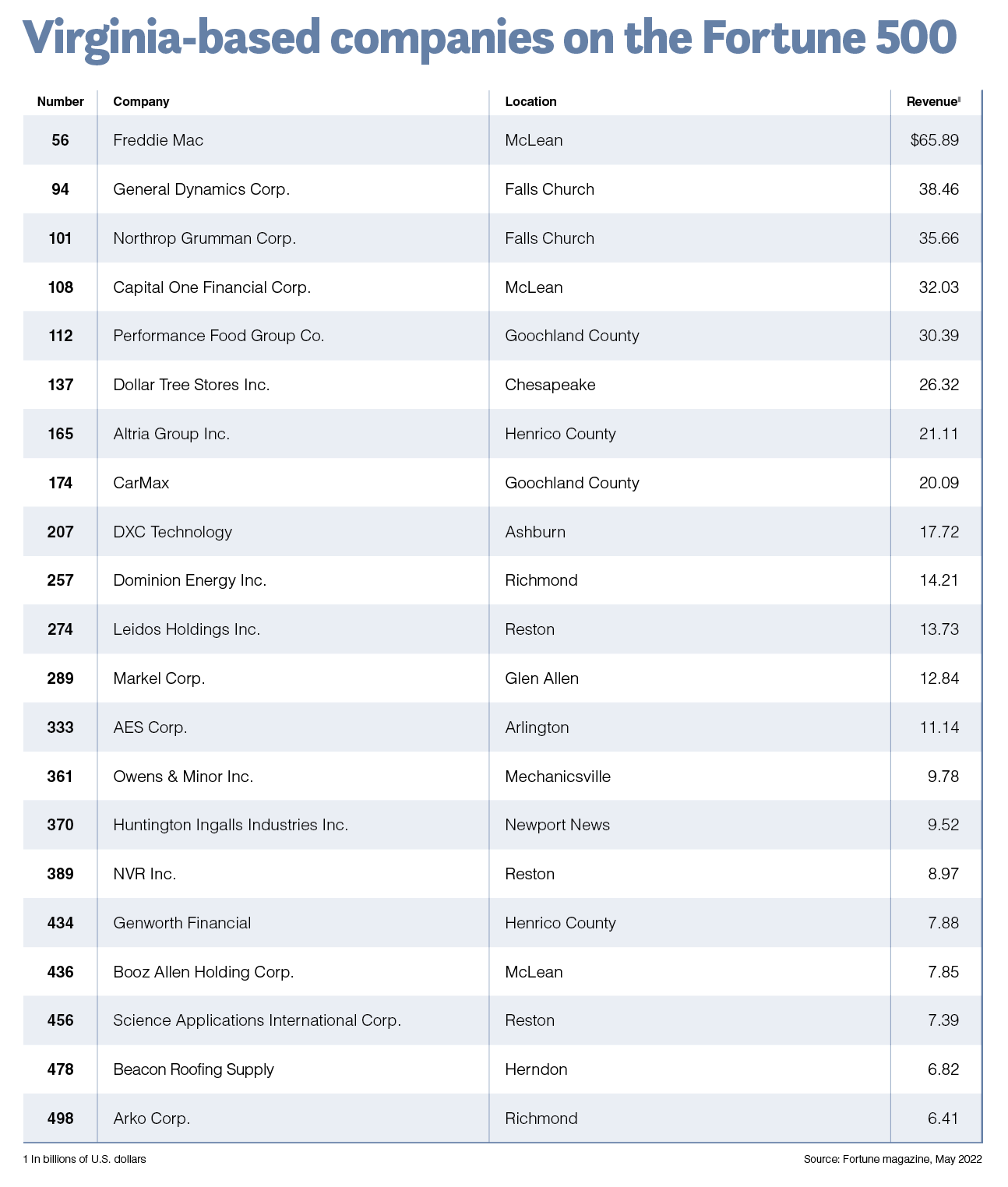UPDATED: April 26, 4 p.m.
The Virginia Lottery Board approved the facility operator’s license for Danville‘s $650 million Caesars Virginia casino, which is expected to open in a temporary space on May 15. It’s the third casino to receive state approval, following the Hard Rock casino in Bristol and Rivers Casino Portsmouth in Hampton Roads.
“For months, the Lottery‘s Gaming Compliance Department and legal team have conducted background investigations and examined every detail of this application,” said Virginia Lottery Executive Director Kelly T. Gee. “Those investigations include not just Caesars Virginia, but all the vendors and employees as well.”
Approved by Danville voters in a November 2020 referendum, the Caesars Virginia casino is a partnership between Caesars Entertainment Inc. and the Eastern Band of Cherokee Indians (EBCI).

Caesars plans to open a 40,000-square-foot temporary facility at the former Dan River Inc. Schoolfield mill site. It will have eight sportsbook betting kiosks, 740 slot machines, 25 live table games including blackjack, roulette and baccarat; and 28 electronic table games of blackjack, roulette and craps, Caesars said in a news release. A quick service restaurant, Three Stacks, will also serve customers of the temporary casino. The temporary casino will create 400 jobs.
“We’ve received an incredible outpouring of support and cooperation to get us to this day, especially from the Danville community and the surrounding areas,” Chris Albrecht, senior vice president and general manager of Danville Casino and Caesars Virginia, said in a statement. “The opening of the Danville Casino is a monumental step forward for us, and we are excited to begin welcoming guests on May 15.”
Plans for the permanent resort casino call for 500 hotel rooms, a spa, a pool, bars, a 2,500-person entertainment venue and 40,000 square feet of meeting and convention space. The casino, expected to open in late 2024, will have at least 1,300 slots, 85 live game tables, 24 electronic table games, a poker room and sportsbook.
Virginia’s first casino, the Hard Rock Hotel & Casino Bristol, opened in July 2022 in a temporary space at the former Bristol Mall after receiving licensing approval less than 90 days earlier. In December 2022, developers began construction nearby on the $400 million permanent Hard Rock casino, which is slated to open in July 2024. The $340 million Rivers Casino Portsmouth, which received its license in November 2022, opened its permanent space in January. The Pamunkey Indian Tribe’s license for the proposed $500 million HeadWaters Resort & Casino on the Elizabeth River in Norfolk is still pending state approval.
“The Virginia Lottery Board takes very seriously its statutory role overseeing casino gambling in the commonwealth,” said Lottery Board Chairman Ferhan Hamid. “All Virginians, whether or not they use these facilities, need to be aware that they are operated and regulated responsibly.”






